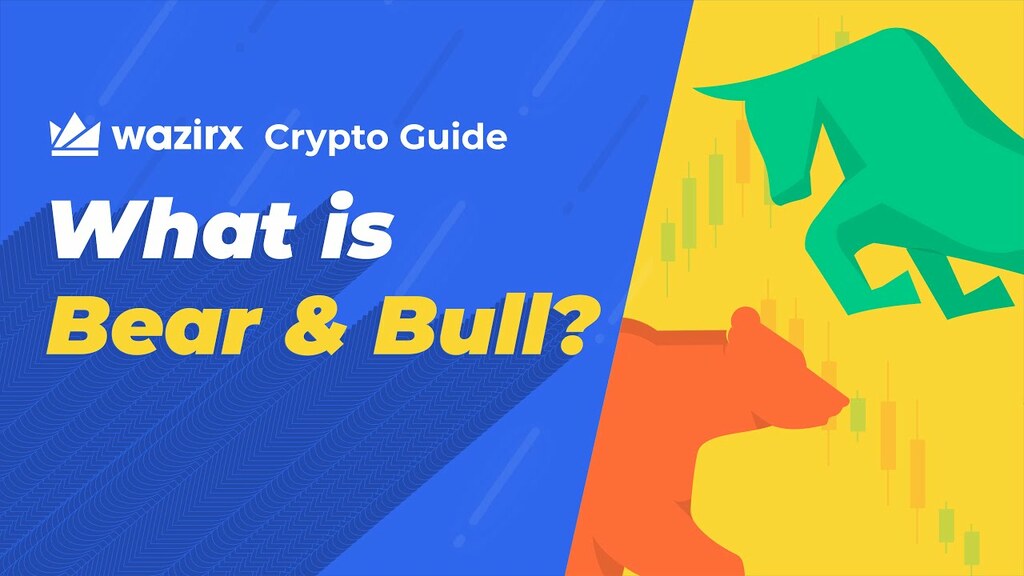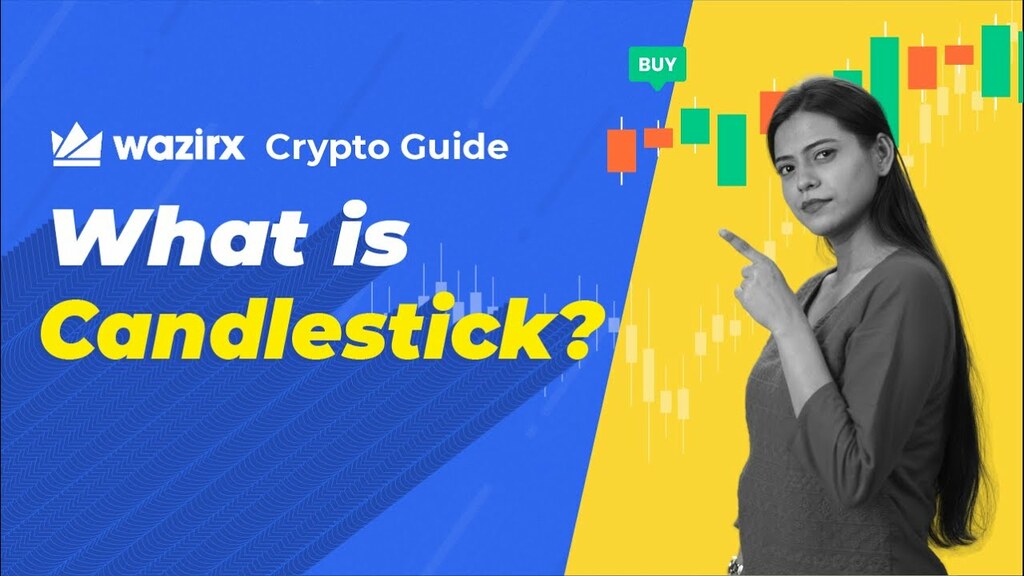To understand a Non-fungible Token (NFT), it is necessary first to comprehend what a fungible token is. Fungibility describes an asset whose constituent components are replaceable and practically indistinguishable. Cash, for example, is fungible because each unit can be exchanged for another one-dollar bill.
As a result, NFTs are non-fungible tokens, which means they individually have distinct identities and are not interchangeable. NFTs are digital or physical assets that have been tokenized. They serve as verifiable proofs of validity and ownership within a blockchain network within a blockchain network.
Decentralized applications can leverage NFTs to enable the creation and ownership of one-of-a-kind digital products and collectibles. However, while NFTs can be sold in open marketplaces that connect buyers and sellers, it is essential to note that each has its value.
Several frameworks have been developed to make the issue of NFTs and their trading on a blockchain as simple as possible. In addition, the standardization of NFTs allows for greater interoperability, which means that unique assets may be easily shared between applications.
NFTs have the potential to be an essential part of a new blockchain-based digital economy. They could be used in various fields, including video games, digital identification, licensing, certificates, and fine art, and they could even allow for fractional ownership of goods.
Storing ownership and identifying data on the blockchain would improve data quality and privacy while making these assets easier to transfer and administer would reduce friction in trade and the global economy.


